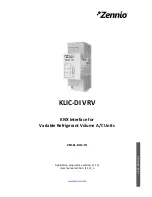
1-6
Cisco SCE8000 Software Configuration Guide, Rel 3.1.6S
OL-16479-01
Chapter 1 Cisco Service Control Overview
Management and Collection
Service Configuration Management
Service configuration management is the ability to configure the general service definitions of a service
control application. A service configuration file containing settings for traffic classification, accounting
and reporting, and control is created and applied to an SCE platform. The SCA BB application provides
tools to automate the distribution of these configuration files to SCE platforms. This standards-based
approach makes it easy to manage multiple devices in a large network.
Service Control provides a GUI to edit and create these files and a complete set of APIs to automate their
creation.
Data Collection
Data collection occurs as follows:
1.
All analysis and data processing functions of the SCE platform result in the generation of Raw Data
Records (RDRs), which the SCE platform forwards using a simple TCP-based protocol
(RDR-Protocol).
2.
RDRs are processed by the Cisco service control management suite collection manager.
3.
The collection manager software is an implementation of a collection system that receives RDRs
from one or more SCE platforms. It collects these records and processes them in one of its adapters.
Each adapter performs a specific action on the RDR.
RDRs contain a variety of information and statistics, depending on the configuration of the system.
Three main categories of RDRs include:
•
Transaction RDRs—Records generated for each
transaction
, where a transaction is a single event
detected in network traffic. The identification of a transaction depends on the particular application
and protocol.
•
Subscriber Usage RDRs—Records generated per subscriber, describing the traffic generated by that
subscriber for a defined interval.
•
Link RDRs—Records generated per link, describing the traffic carried on the link for a defined
interval.
















































